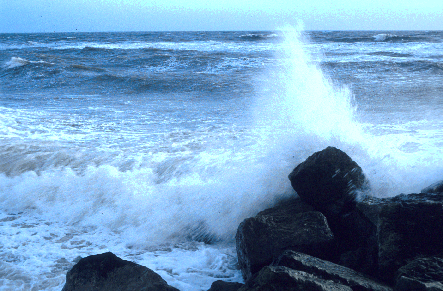

|
|
 |
A
collaborative project between the School
of Conservation Sciences, Bournemouth University,
and
the Department of Archaeology,
University of Southampton
The English Channel is probably one of the most famous stretches of water in the world, but how did it form? How did it affect the communities who were occupying the low ground flooded by the Channel as the waters rose? Are there any areas now underwater that, because they are submerged, have been unaffected by more recent land-uses and that might therefore preserve evidence of early postglacial settlement?These and other questions are the foci of the Early History of the English Channel Project which, in its first phase, involves the development of a GIS-based model of the channel that will allow the basic topography of the channel basin to be visualized for different periods in the past. A comprehensive database of archaeological sites will be constructed and linked to this. The project will then move on to look at selected areas in more detail as a series of case studies in formation and change.
TABLE OF CONTENTS ] Phase Two: Archaeology Database
] Holton Lee Field Project - Summer 2000
Comments and enquires should be addressed to Dave Parham
Early History of the English Channel Project
School of Conservation Sciences, Bournemouth University, Talbot Campus, Poole, Dorset, BH12 5BB, UK
This page was been compiled by Eileen Wilkes and is maintained by Dave Parham, School of Conservation Sciences, Bournemouth University. Last updated February 2003
All images are copyright Bournemouth University unless otherwise stated.